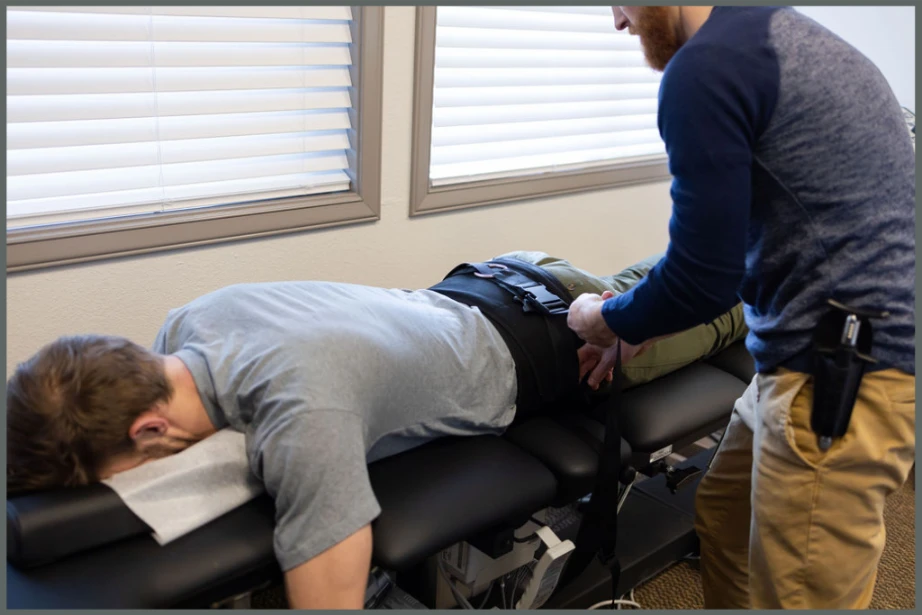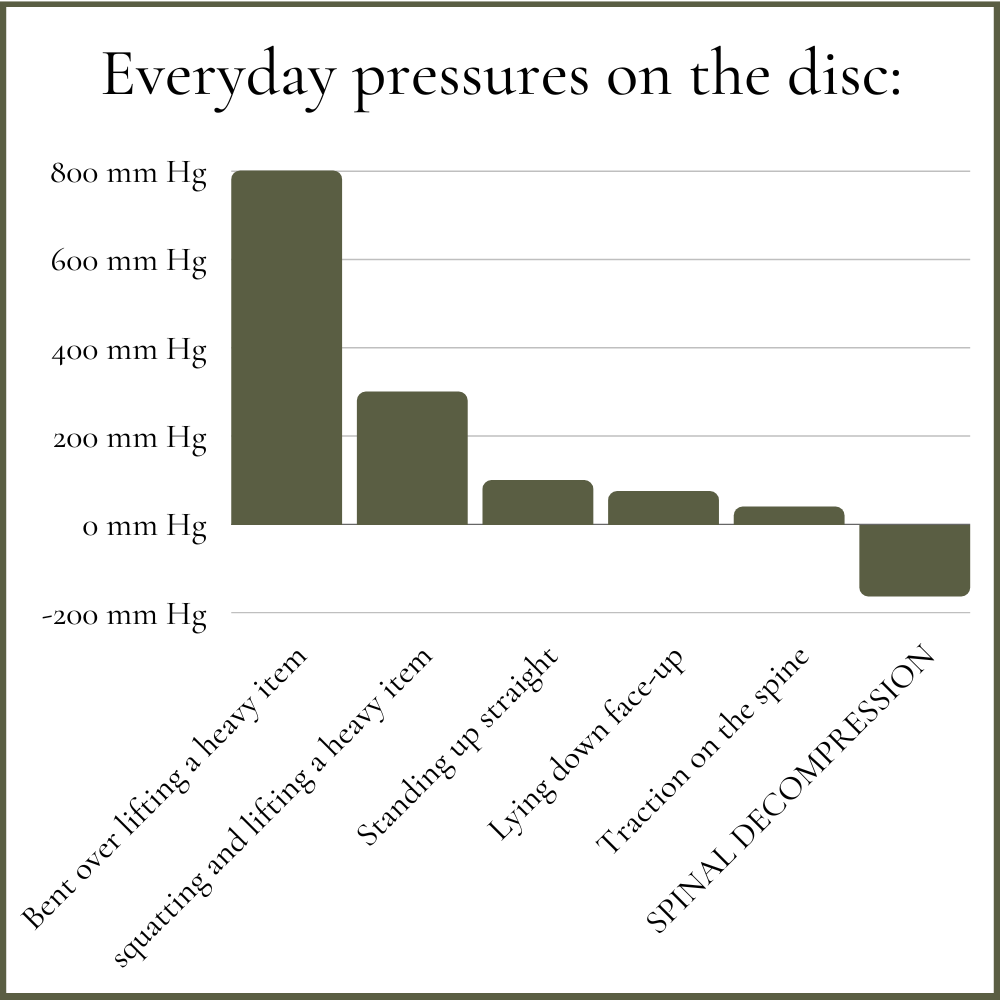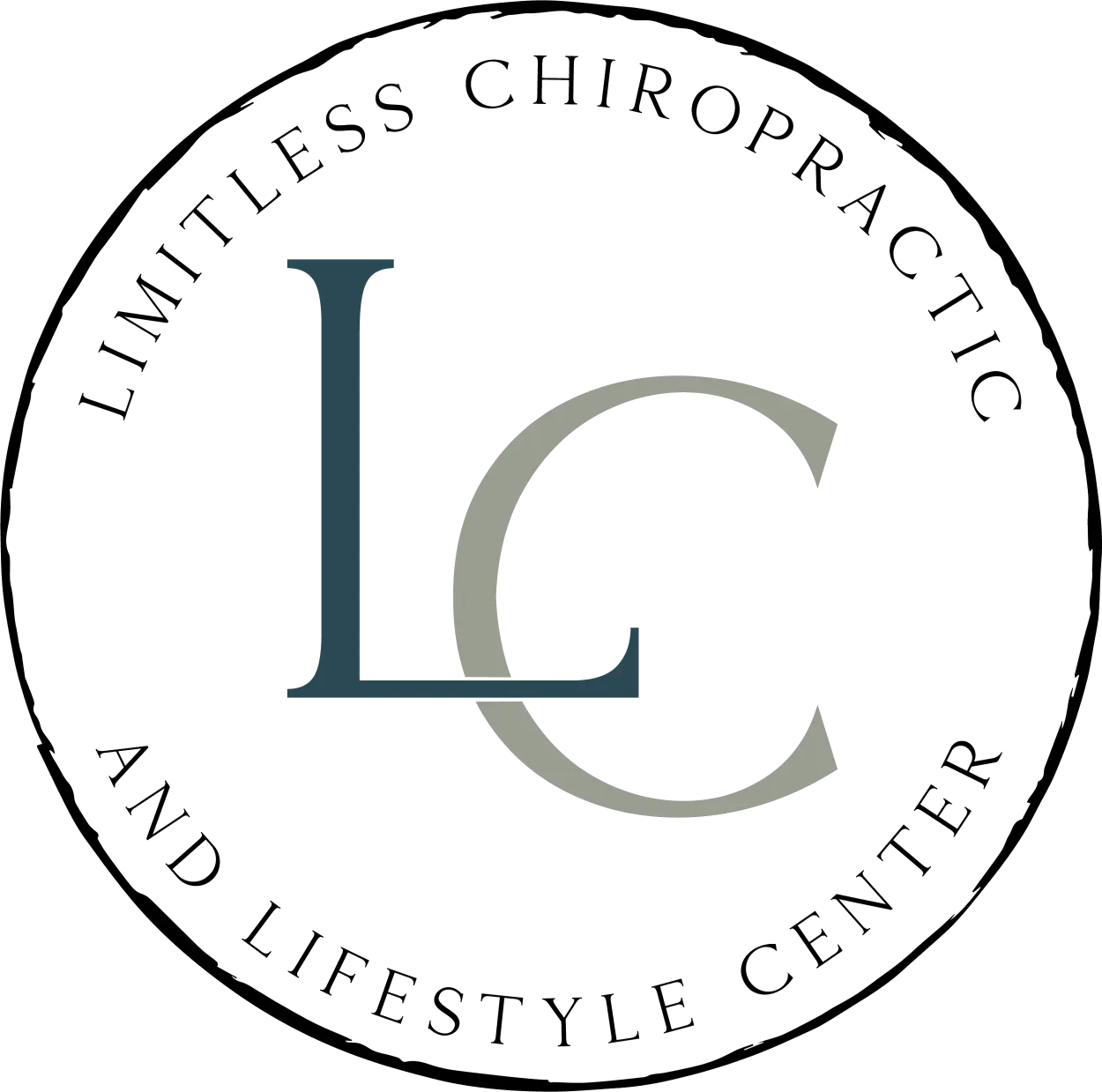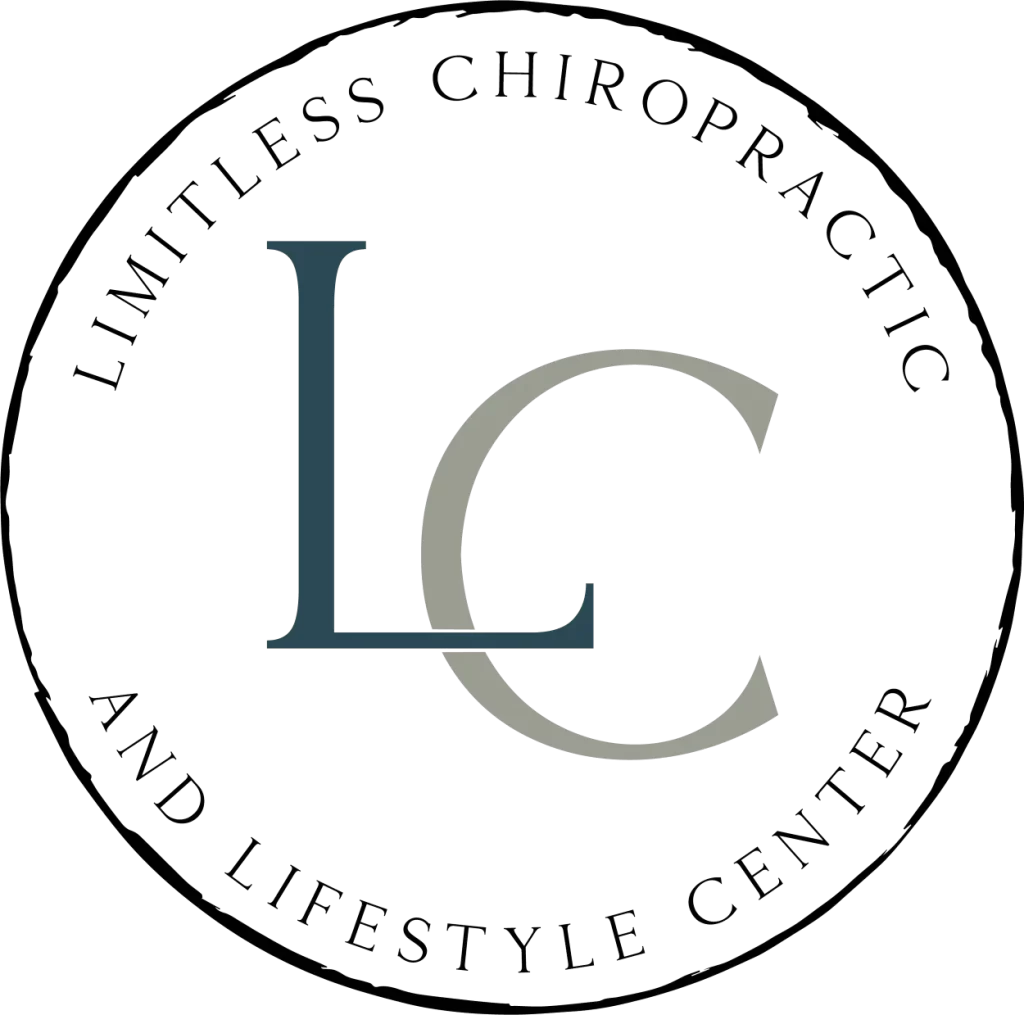What is spinal decompression?
Back pain due to herniated, bulging, or degenerated discs can be debilitating and disruptive to your daily life. Often times, surgery is assumed to be or suggested as the only option. Today, we have a highly-successful advanced technology that allows us to relieve this pain and help your body heal without surgery. We use a system that combines a machine with an exceptionally precise computer program for a treatment called spinal decompression.

How does spinal decompression work?
Spinal Decompression technology treats symptoms of back pain due to:
- Herniated Discs
- Bulging Discs
- Pinched Nerves
- Sciatica (leg pain)
- Degenerative Discs
- Spinal Stenosis
- Post-Surgical Pain
- and more…
What does Spinal Decompression treat?
What is the typical treatment protocol?
Treatment time and frequency will depend on each person’s unique presentation. Based on your body weight, tolerance, level of severity, and duration of symptoms, your doctor will determine a specific treatment plan based on your individual needs. This helps ensure the best and longest-lasting results. Each spinal decompression session is usually about twenty minutes. You will usually have sessions a few times a week, and are typically finished with acute treatment within eight weeks. Consistency to establish a new routine for your body is essential to the healing process.

What are treatments like?
At the beginning of each session, you will be comfortably fitted with a harness designed to achieve optimal decompression of the low back or neck. During a session of spinal decompression, you will notice a slow lengthening of your spine as your discs are gradually decompressed and relieved of pressure. The treatment process is safe, gentle and relaxing. While some patients with extensively injured discs have reported mild discomfort during the first few treatment sessions, their discomfort generally subsides upon subsequent visits. A patient safety switch provides an extra safety feature, allowing you to stop at any point should you feel discomfort.
What is the difference between inversion/traction and spinal decompression?
How long will it take to see results?
Can spinal decompresssion be used for people that have had spinal surgery?
Should I seek spinal decompression?
Yes! If you are living in pain from a herniated, bulging or degenerated discs, we will create a spinal decompression care plan that is tailored to your body’s needs. If you are tired of taking pain medications that have long term negative side effects and are masking the problem, instead of fixing it; or if you are trying to avoid invasive spinal surgery then spinal decompression is a great option for you.
- Book an appointment to start your healing journey today
- Book an appointment to start your healing journey today
- Book an appointment to start your healing journey today

